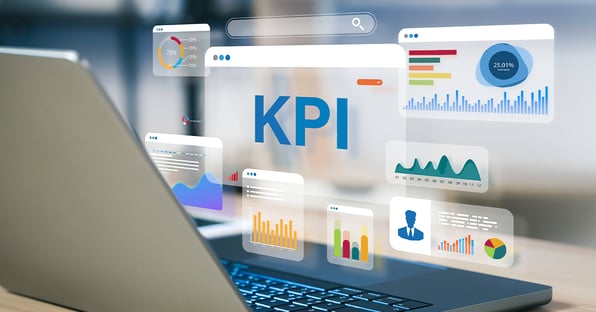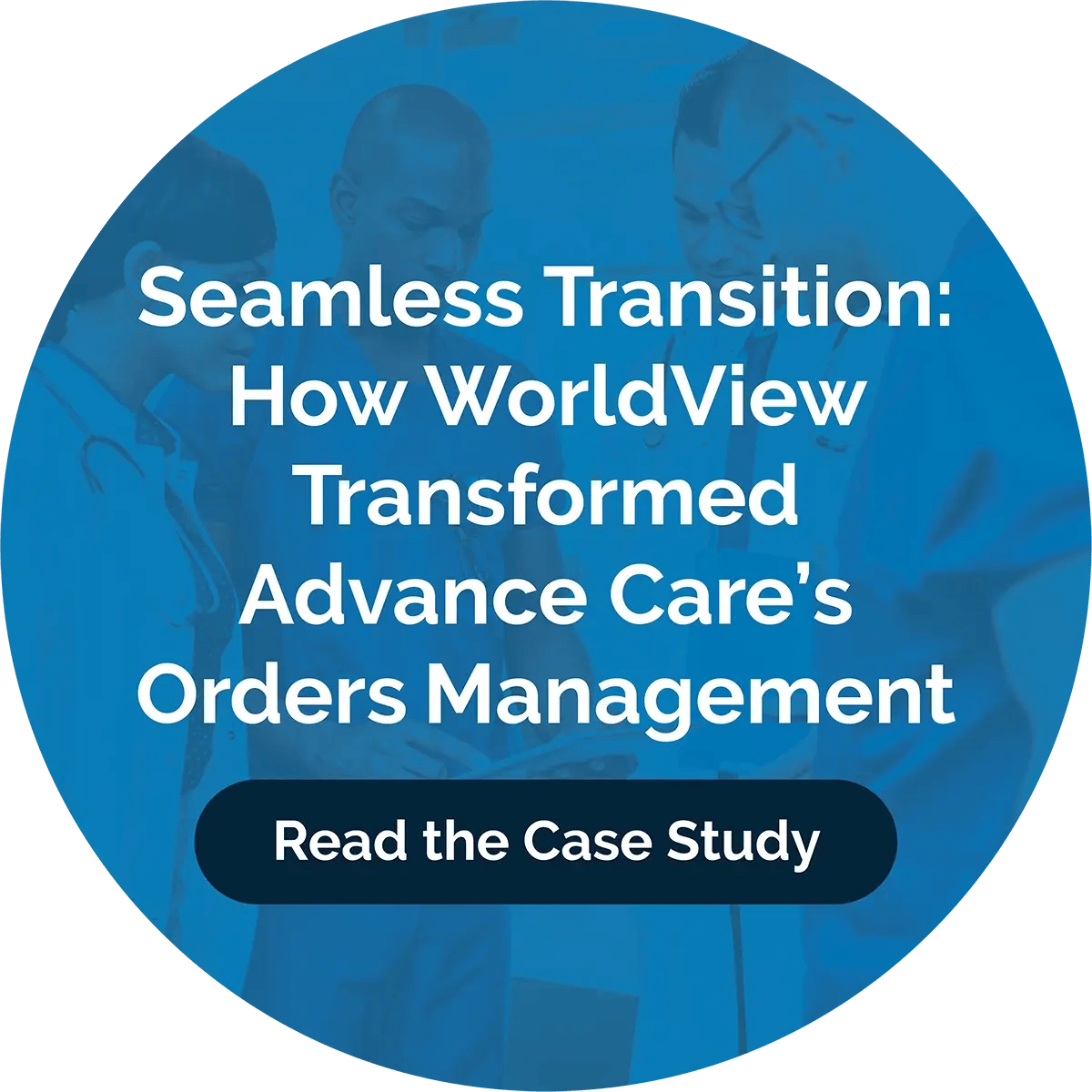The Best KPIs for Home Care Businesses

A successful homecare business depends on good decisions and planning, and those good decisions rarely come from instinct alone. Instead, they come from data, specifically in the form of KPIs.
What are KPIs? Known as key performance indicators, KPIs measure how well your business performs in certain areas and according to specific goals. The best KPIs relate to your business plans and help identify areas for improvement and growth.
What KPIs Are Most Important for Home Care?
As in other businesses, KPIs are essential for home health organizations. Some measures are critical for CMS quality reporting, and others are vital for monitoring compliance and the health of your business.
Quality Care Outcomes
CMS collects data on patient health outcomes through the Outcome and Assessment Information Set (OASIS) and Medicare claims. There are several different outcomes, but CMS reports seven to the public to help patients find quality care and choose an agency.
These metrics include:
- Timely start of care
- Improvement in ambulation
- Improvement in bed transfers
- Improvement in bathing
- Improvement in medication management
- Improvement in shortness of breath
- Acute care hospitalizations.
Patient Experience
CMS also collects survey data about patient care experience and publicly reports those insights. Some agencies may be exempt from surveys, but understanding trends in your services helps you identify potential problems.
These KPIs might include the average number of:
- On-time patient visits
- Care changes
- Missed or skipped services
- Patient complaints
- Patient turnover
Patient Volume and Patient Hours
Measuring patient changes and statistics is vital for care delivery, staffing management, regulatory compliance, and business growth. Key measures include:
- Patient volume
- Admissions
- Discharges
- Referrals
- Average length of service
- Average time with patients
These metrics track the number of patients enrolled in your agency and how well you retain patients. For example, divide the patient volume or number of patients by the average length of service in days to measure client satisfaction. If it’s a high number, you likely have quality care, leading to lower patient turnover.
Revenue and Profit
Financial KPIs indicate the overall health of your home care business. Regularly monitoring these metrics helps you control your agency and identify areas for improvement.
Key financial metrics include:
- Total revenue
- Revenue per patient
- Revenue per visit
- Monthly expenses
- Profit
- Profit margin
Financial loss may happen because of problems with revenue, overspending on expenses, or both. Close monitoring gives insight into where to cut costs and the services or factors that drive profits.
KPIs and a Home Care Business Plan
KPIs are often part of the home care business plan. They measure success and growth in the business, but they’re only helpful if you use specific metrics that align with your goals and have a strategy to get there.
Say your goals are to increase revenue and improve specific quality care outcomes, such as bed transfers. As part of your strategic plan, you’ll need to track patient volume, referrals, admissions and discharges, and total, per visit, and per patient revenue. Plus, changes in patient mobility, the presence of pressure wounds, and so on.
To accomplish these goals, you need initiatives to go with these metrics. You might invest in physician order management tools to improve order turnaround time and automate administrative work. Or you might use a mobile app, such as WorldView, to capture and automatically measure changes in pressure wounds, track documents in the field, and communicate securely.
These plans and homecare KPIs give your team clear objectives and a vision for business growth. With real-time data, you can pinpoint issues and quickly adapt with precision.
How to Track KPIs Over Time
Once you identify your metrics and strategies, the next step is to collect data. Ideally, data should connect medical documents, physician orders, intake statistics, and revenue insights into one central hub with reporting and analytics functions. You might need to integrate software to create one seamless system.
For example, a solution like WorldView seamlessly manages all incoming and outgoing documents, including referrals and physician orders, connecting everything back to your EMR system. The combination gives you detailed and real-time updates on financial and clinical performance.
Your system automatically tracks metrics month after month as you continue collecting data. With these functions, you gain long-term visibility into your business trends.
Document Management & Home Care KPIs
The WorldView healthcare document management platform is an efficiency hub that connects your agency and staff to essential data. Track your information and KPIs with an automated system and gain visibility and control of your operations. Increase productivity and grow your agency with WorldView. Learn how.
Get Awesome Content Delivered Straight to Your Inbox!
Posts by topic
- Healthcare
- Business
- AI
- Hospice
- AP Workflows
- Home Care Management
- hospice-care
- General
- Industry Insights
- agency
- Blog
- Commercial
- reporting
- Data Analytics
- billing
- referrals
- News
- Referral AI
- business goals
- Operations
- business development
- partners
- Integration
- Healthcare Trends
- leadership
- Medicare
- Compliance
- audit
- medicaid
- Better Charting
- regulations
- Application
- Automation
- finance
- CRM
- DMSi
- Events
- KanTime
- Press Release
- Revenue Growth
- Announcements
- Artificial Intelligence
- EHR
- ESign
- Guides
- Homecare Homebase
- Mobile
- Physician Order Tracking
- axxess
- clinical
- interoperability
- payor See All See Less


.png?width=596&name=WV%20Hc%20Clinical%201%20Web%20(3).png)
.png?width=596&name=WV%20Hc%20Clinical%201%20Web%20(2).png)
.png?width=596&name=WV%20Hc%20Clinical%201%20Web%20(5).png)